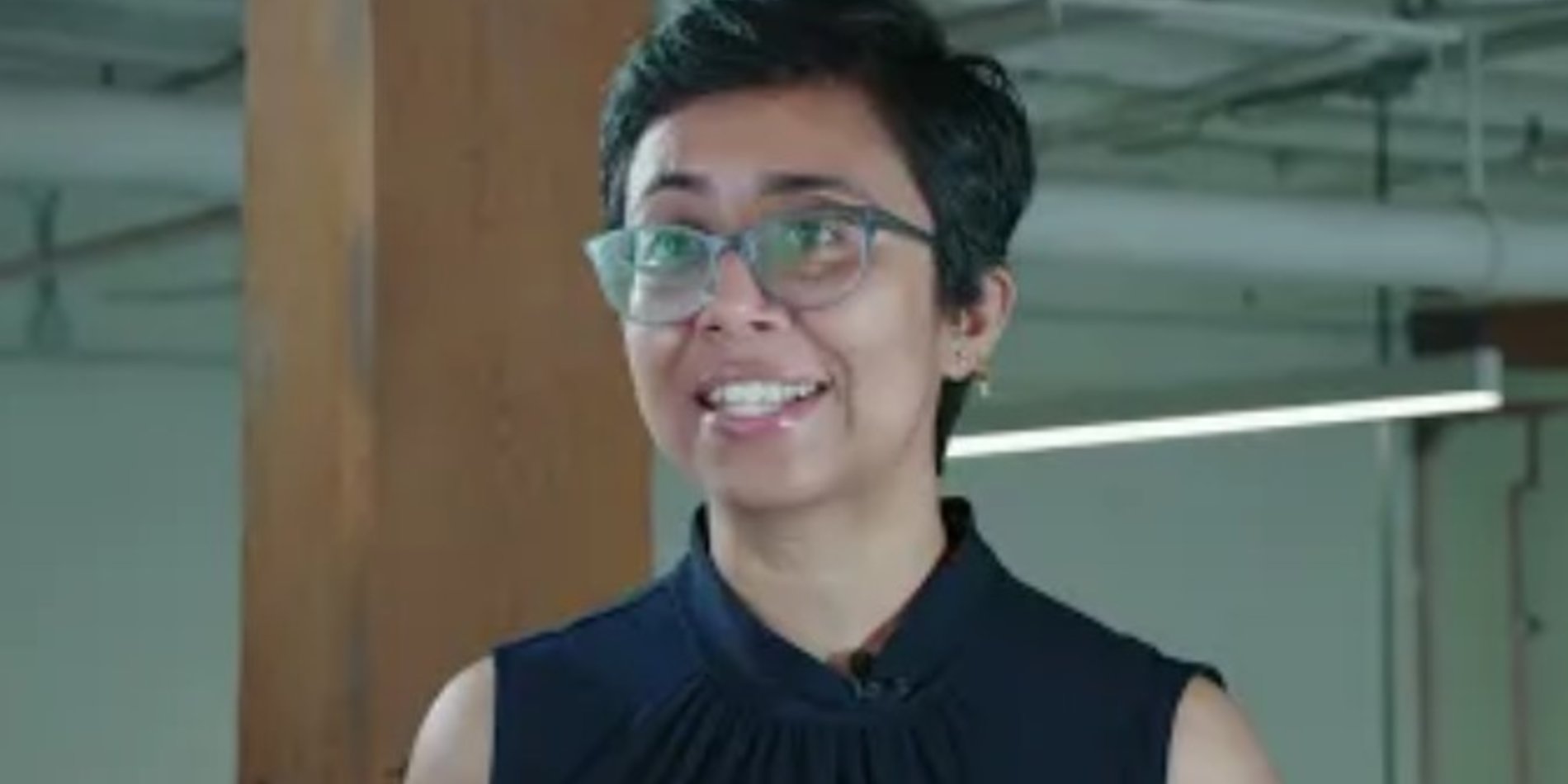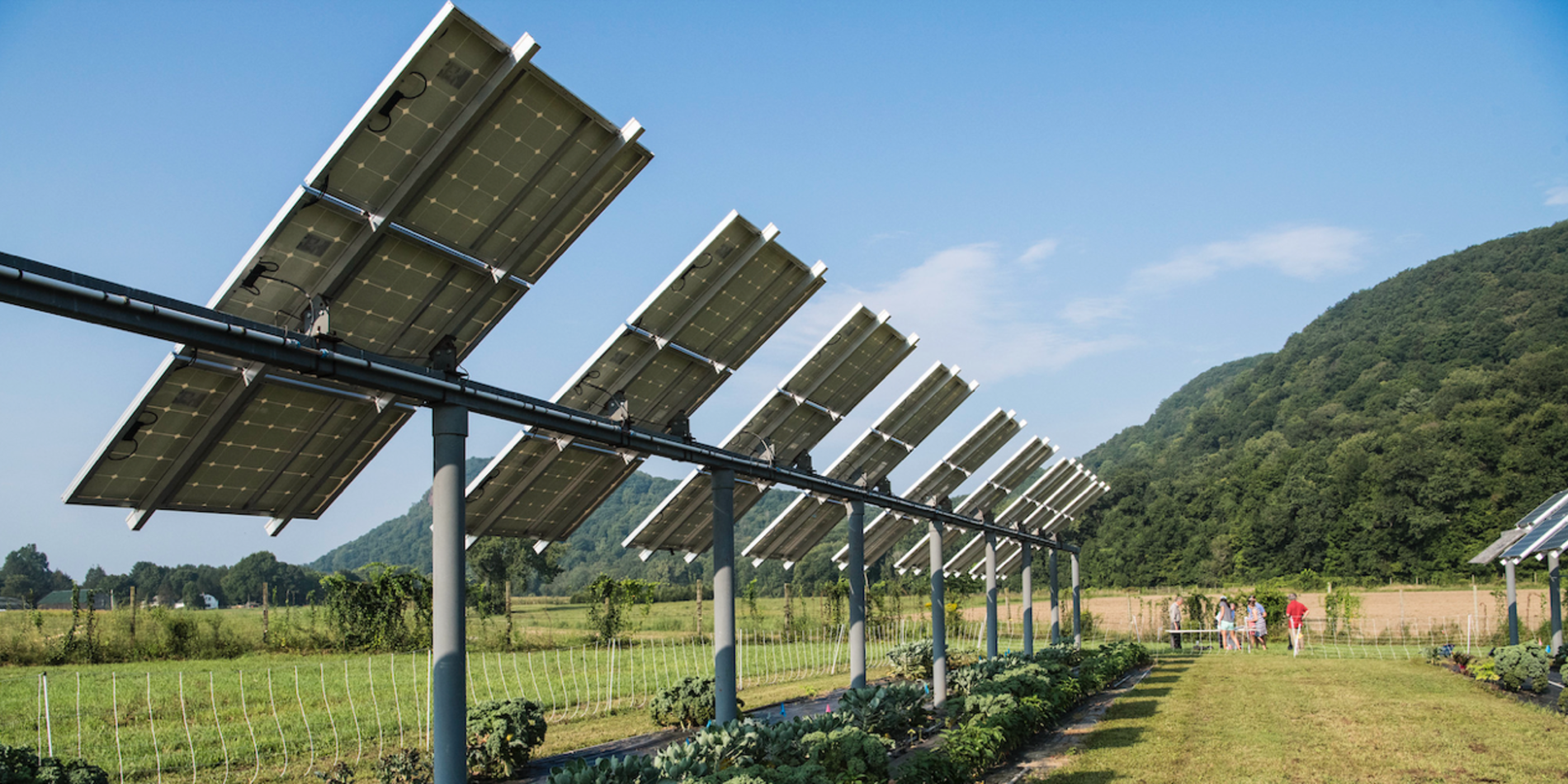Love for Learning
They signed up for the same introductory seminar, Professor Bill Dally’s Green Electronics class, and spent the next 10 weeks living and breathing the subject. Andrew Ponec, ’17, and Darren Hau, ’17, joke that they weren’t surprised when the freshmen course later was offered as a senior capstone class instead—it was that challenging.
It was Dally who posed the question that set them on the path to becoming entrepreneurs: “How could you make solar panels more affordable?”
The question became the focus of their final class project, and then a year-long independent study, and then a decision to take a leave from Stanford altogether to pursue the technology full-time. Now their journey has come full-circle. After selling their startup Dragonfly Systems to SunPower in 2014 for an undisclosed sum, two of the co-founders since returned to class and graduated this June.
Making solar energy affordable
Solar energy has grown more than tenfold in the past six years, and is now a $100 billion industry. Yet it still accounts for only 1 percent of electricity production in the United States. Manufacturing innovations have slashed the costs of the photovoltaic panels themselves, which means the remaining fat left to trim, so to speak, lies in the circuitry and wiring of the panels and the other costs associated with installation.
Dragonfly Systems replaces the traditional junction boxes on solar panels. It’s a unit that fits onto existing panels, allowing more of them to be strung together, reducing the cost of all the other hardware (e.g., wires, inverters, controls, junctions) by 20 percent. The design helps solar energy find the sweet spot between current and voltage that is the maximum power point.
The hope is that by reducing the installation costs of solar panels, the industry as a whole can become more profitable and affordable, allowing solar energy to flourish.
Dragonfly’s innovation earned them third place and $20,000 at the U.S. Department of Energy’s 2013 First Look West (FLoW) competition, but they soon found that a hardware startup requires a lot of capital, and by the end of their first summer their funds were dwindling.
They floated between garages and spare bedrooms in Silicon Valley until they landed in a rental in Fremont, where Hau quips that the trio’s habit of walking together to discuss technical issues or business strategies soon earned them the nickname of “the neighborhood watch.” They met with solar companies and investors, trying to drum up interest in their device—to no avail.
“We heard again and again, ‘We’d love to see this just a couple steps further along,’” Hau says.
Then a Stanford professor introduced them to the TomKat Center for Sustainable Energy, right as it was beginning its Innovation Transfer Program that awards grants to Stanford teams looking to externalize their innovations.
Hau says the TomKat Center filled a critical gap in funding between the inventors’ personal savings and the proof-of-concept evidence that angel investors wanted to see before considering a new product.
This funding gave them the runway they needed to perform market research and validation, leading them to a critical insight: customers wanted savings from day one of the installation. They wouldn’t wait years for a return on their investment.
Faced with this information, the team’s resilience and drive held them steady as they maneuvered through a technical pivot in their product design, and lined them up for a market entry.
Returning to the Farm
When he returned to class, Hau found that he relished the chance to learn for its own sake, rather than “learning just enough to put out a fire.” Working on Dragonfly Systems had a steep learning curve, but he found he was grateful to study a subject deeply, too.
He thinks more people should consider immersing themselves outside traditional education, in his case through a leave of absence. “It made me a better student.”
Ponec says that when he enrolled back at Stanford, he detected a shift in campus culture around energy—one he attributes directly to the TomKat Center. As one of the first grant recipients, he says the Dragonfly Systems team had the unique perspective of seeing Stanford before and after the center took shape.
When he arrived in 2011, he says the feeling was different. Students had the same concern about climate change, the same desire to make an impact, the same intellect, but there was a hesitation, as though Stanford was a place for learning, and the change-making would happen after graduation, later in life.
Now, he says, there is a sense of boundless possibility.
“The whole ecosystem here is supportive of people going off to do risky things like this,” says Ponec of Silicon Valley.
“Everyone was willing to sit down with us and hear our ideas. Nobody said, ‘You seem kind of young to be doing this.’ It’s like there was a group confidence and faith that this could happen.”
Of Dragonfly System’s success, he says: “This couldn’t have happened anywhere else.”






